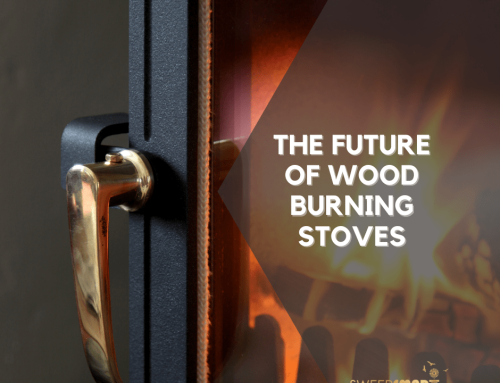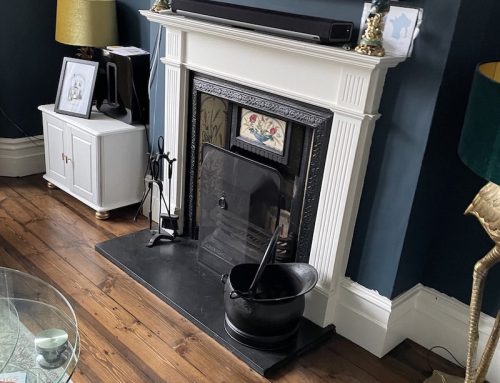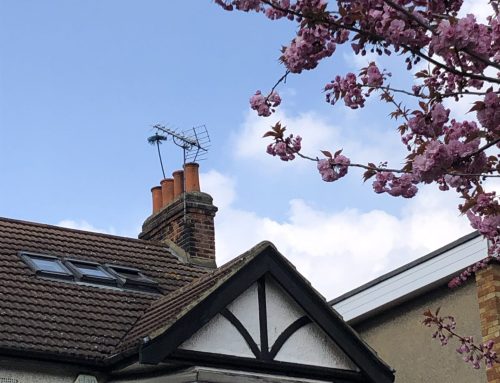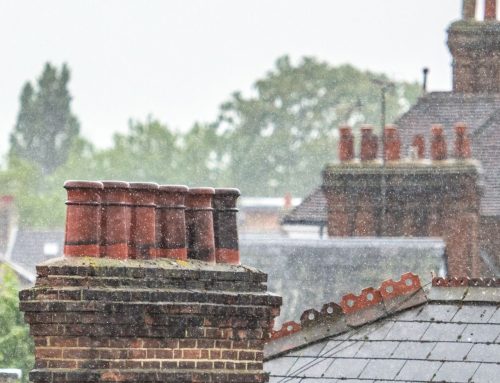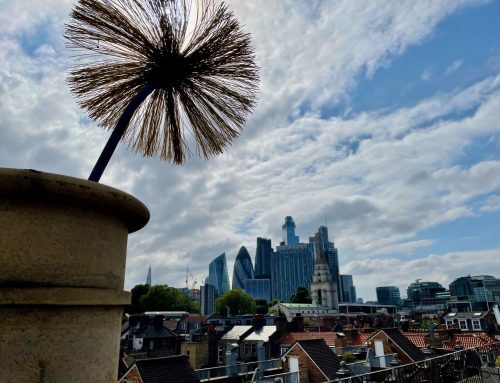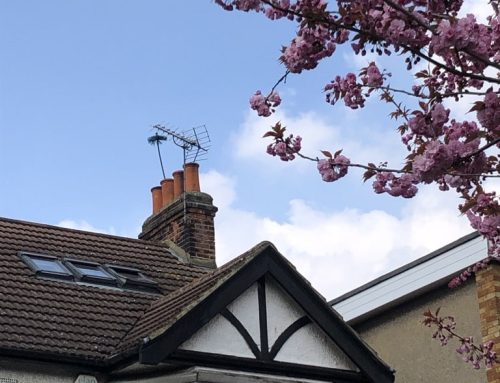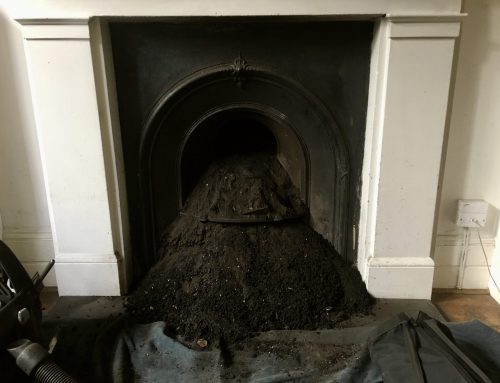In recent years, there has been growing concern over the impact of wood burning stoves on air quality and public health in the UK. According to a report by the Department for Environment, Food and Rural Affairs (DEFRA), domestic burning, including wood-burning stoves, contributes to particulate matter (PM) emissions in the UK.
To address this issue, the UK government has introduced new guidelines to help reduce emissions from wood-burning stoves. Here are some key points to keep in mind:
Only burn dry, seasoned wood
Burning wet or unseasoned wood can produce more smoke and particulate matter emissions, as well as increase the risk of chimney fires. Since May 2021, the sale of wet wood is unlawful and as a result, dry logs or kiln-dried logs should be the only logs burned in any home, excluding open fires. Dry logs must have a moisture content of less than 20% and produce very little smoke when burning logs.

According to DEFRA, burning at home, particularly with traditional house coal or wet wood, is a major source of the pollutant PM2.5 – tiny particles which can enter the bloodstream and lodge in the lungs and other organs. PM2.5 has been identified by the World Health Organisation as the most serious air pollutant for human health.
Use Eco-Design stoves
These stoves are designed to burn fuel more efficiently, producing fewer emissions. This type of stove has been rigorously tested to ensure that it meets strict criteria for emissions and smoke production.
An eco-design stove will always provide the minimum level of combustion air so that the wood burns efficiently without producing unnecessary smoke, thus ensuring that the appliance complies with the Clean Air Act. As a result, you can legally burn wood in a UK Smoke Control Area (which includes the majority of the UK’s cities and large towns) if you use an eco-design wood burner.

Regularly maintain and clean your stove
This includes cleaning the stovepipe and chimney at least once a year to prevent blockages and ensure efficient burning.
Here are some tips:
- Develop a regular cleaning pattern – fortnightly or monthly would be recommended.
- Clean more regularly as you use the stove – as you use the stove more frequently in winter, you should clean it more regularly.
- You’ll need to be ready to clean the exterior, the interior, the flue and the glass door of your wood burner – each of which will require a slightly different plan of action.
- It’s important to hire a chimney sweeper who knows what they’re doing, especially as your chimney gets older.

Our thoughts on the latest media coverage
We’ve written about our thoughts regarding misconceptions about wood burning stoves and there’s a lot of misconceptions concerning the environmental effect of wood burning stoves. Since 2015, misinformation and a lack of understanding have unfairly humiliated wood-burning stoves for excessive emissions.
These misconceptions were caused by misinformation in the media and an inability to distinguish between high-polluting, inefficient traditional stoves and new, eco-design wood-burning stoves.
By following these guidelines, you can keep using your wood-burning stove, even if you’re in London, and help reduce emissions from your wood-burning stove and contribute to a healthier environment for everyone.
Ready to book a chimney sweep? Get in touch to make an appointment, or chat to us on Facebook or Twitter if you have any questions, or read our other blogs to find out more about how we can help.




